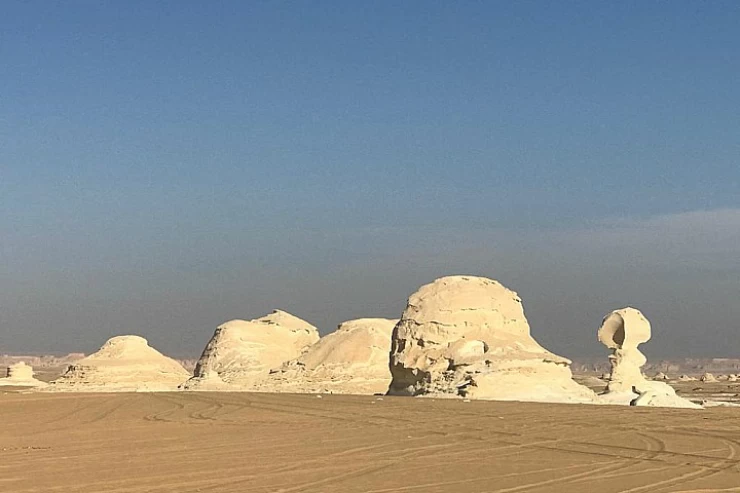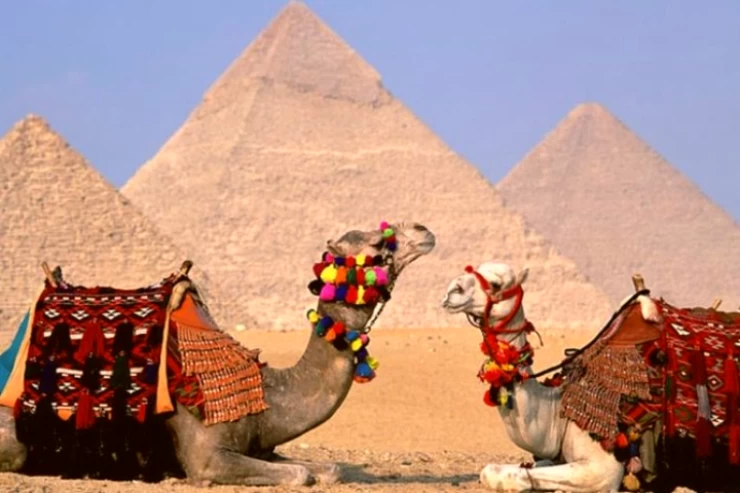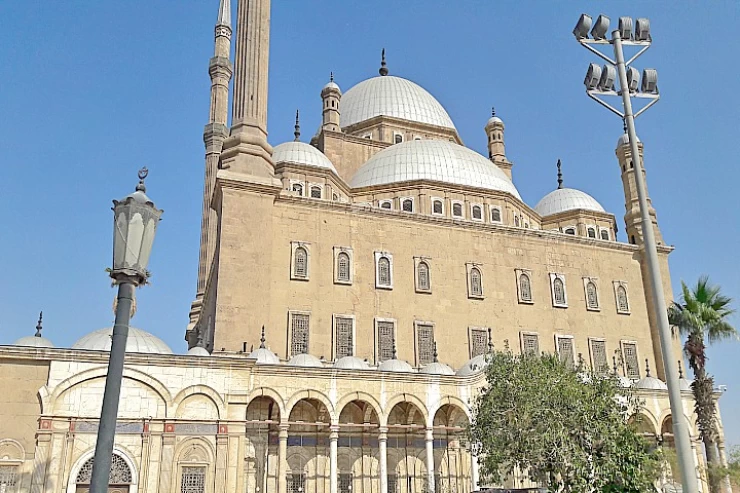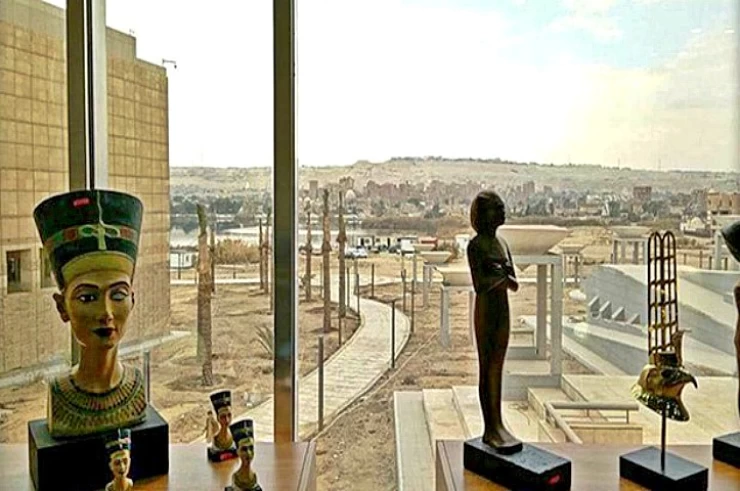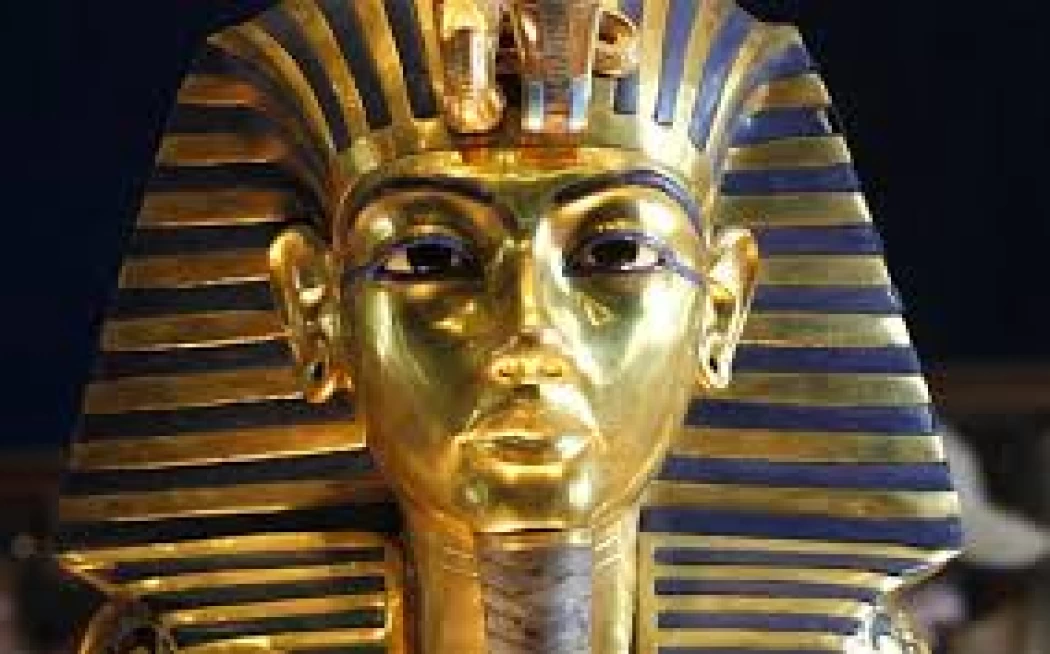
Tutankhamen | The Golden King of Egypt
Facts about Tutankhamen
King Tutankhamun, who took over Egypt at the beginning of his second decade, after Father Akhnatun died mysteriously, the turmoil dissolved the land of Egypt and the Royal Palace, chaos ravaged the country, and Tutankhatun, the nine-year-old son, became King of the throne of Egypt under difficult circumstances.
Tutankhatun married his sister Princess Ankh SN Ba Aton, the daughter of Akhnatun and Nefertiti who did so to ensure that the throne did not come out of her hands. Everyone revolted against his father Akhnaton's legacy, forcing Tutankhatun to change his name to Tutankhamun and his wife's name to Ankh SN N amun.
Tutankhamun returned to the traditional capital of Taiba and ran the country from the ancient administrative capital of Minf, Army Chief Haur Mohib has actively and enthusiastically launched a major campaign to destroy the traces of Akhenaten and his god the months come As Dr. Hussein Abdul Basir stated in his book The Warrior Pharaohs, Under the pressure of compulsion, Tutankhamun began the policy of restoring what was destroyed by his father Akhnatun, The other gods were reinstated and priested, and the Golden Pharaoh could not give birth to a male heir inheriting the throne of his great fathers and grandparents.
For the duration of his sentence, Taiba stayed at the scene of the verdict after moving to her from Akhenaten, despite the commander's indication "Hor Hubbah" and the priest "AI" were the ones who charged over the King, but they worked together on the face and each aspired to take over the throne after "Tutankhamun", according to Dr. Salim Hassan in his ancient encyclopedia Egypt, the game finally came into the hands of Commander Hur Mohib, who dominated state affairs, and dominated every facility inside and outside the country.
One day Tutankhamun was sickening in a miniature desert and riding horses. He was driving his warfare vehicle, falling over it, injuring his leg, and dying shortly thereafter from contamination of his wounds and sickness of his legs and feet. At a young age after a nine-year reign, but his tomb was fully discovered in 1922. by the British Egyptian scientist Carter after being demonstrated by child Hussein Abdulrassoul.
The Golden King of Egypt: Thomas: An Egyptian king who succeeded the cults of Amun during the time of his father's rebellion of Akhenaten in 1341 BC-1323 BC. He was the twelfth ruler of the 18th dynasty and is famous because, apart from his golden collection found intact and now exhibited in the Egyptian Museum in Cairo, he has indeed worthily prospered in Egypt by returning back to the traditional religion of the cult of Amun as a king. Egypt has made that visit a traditional part of the Egyptian Museum tour of our various tours from Cairo.
Tutankhamun, born in Amarna in 1341 B.C., is one of the historians' favorite memories set as the 'child pharaoh.' He was the successor of pharaoh Akhenaten and the twelfth ruler of the 18th dynasty of the New Kingdom. His original name, Lasting Image of Aton, referred to the cult of Aton, the solar deity of ancient Egypt. Aton was something adored rather forcefully by pharoah Akhenaten, who commanded us to worship this one god instead of the many deities from ancient Egypt.
After five years of excavation in the Valley of the Kings, Carnarvon was about to abandon the search for the pharaoh's tomb, but Carter convinced him to finance even more excavations.
22 days after the start of this new investment, Carter opened a crack in the access road to the grave. The mummy of the pharaoh, totally wrapped and contained inside the innermost sarcophagus, was covered with jewels and amulets. Tutankhamun's face was covered with a very precious funeral mask, which is now among the funeral collection in the museum.
His mummy was not found amongst those mummies we found in the El-Dier El-Bahari cachette; it was buried in a very small tomb in the Valley of the Kings, not compared to the royal tombs in the valley or famous monuments built by his ancestors in Giza and visited every year by millions during the tour to the Giza Pyramids.
The mummies and tombs of the Egyptian pharaohs are said to be haunted by an old curse that states that anyone who dares to disturb the tranquility of these embalmed mortal remains will suffer from illness, death, or both. Lord Carnarvon was discovered dead not long after the tomb's discovery.
According to scholars, the young king Tutankhamun died at the tender age of eighteen, and speculation over the cause of his death has raged on for centuries. Several hypotheses range from death caused by some severe infection due to a fracture on his leg, malaria, to even genetic abnormalities because of incest within the royal family. Although modern science by way of CT scans and DNA analyses has brought some evidence to these theories, the exact conditions surrounding his death are still shrouded in mystery.







